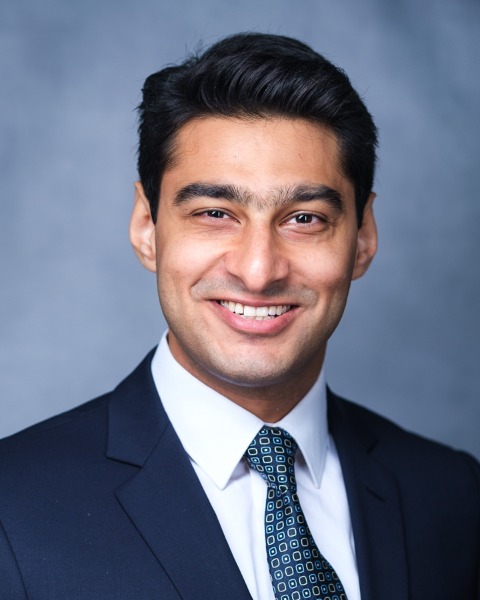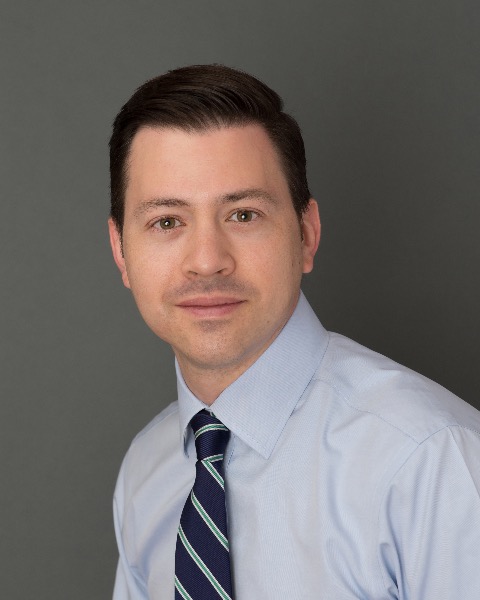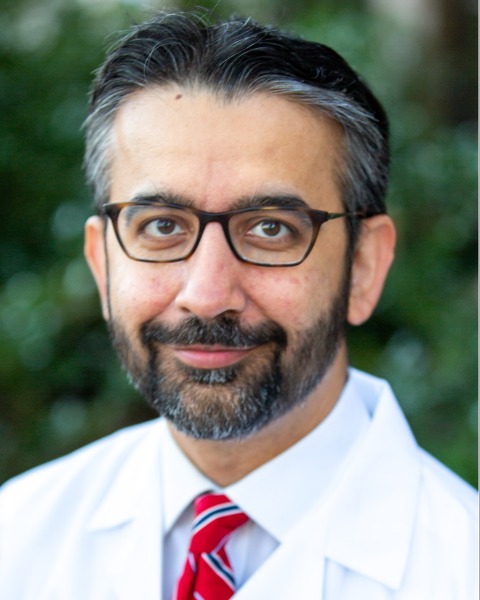General IR
Evaluating HCC Patient Experiences to Identify Factors Associated with Underutilization of HCC Treatment in the US: A SEER-CAHPS Analysis

Muhammad Saad Malik, MD
Post-doctoral Research Fellow
Beth Israel Deaconess Medical Center | Harvard Medical SchoolDisclosure information not submitted.
- CO
Craig Ou, MS
Biostatistician
Beth Israel Deaconess Medical Center | Harvard Medical School - MC
Michael Curry, MD
Associate Professor
Beth Israel Deaconess Medical Center | Harvard Medical School - VN
Victor Novack, MD PhD
Professor
Center for Healthcare Delivery Sciences, Beth Israel Deaconess Medical Center 
Jeffrey Weinstein, MD, FSIR
Assistant Professor of Radiology
Beth Israel Deaconess Medical Center- MA
Muneeb Ahmed, MD, FSIR
Professor of Radiology
Beth Israel Deaconess Medical Center/Harvard 
Ammar Sarwar, MD FSIR (he/him/his)
Associate Professor of Radiology
Beth Israel Deaconess Medical Center
Presenting Author(s)
Author/Co-author(s)
Despite 80-97% HCC patients being insured and 30-50% having early-stage disease, up to 80% go untreated.1,2,3 The purpose is to study HCC patient-reported factors that may contribute to treatment underutilization.
Materials and Methods:
Using NCI’s Surveillance, Epidemiology and End Results (SEER) data, Medicare (2002-2015) beneficiaries with hepatocellular carcinoma (HCC) were selected (n=781), with those completing a Medicare Consumer Assessment of Healthcare Providers and Systems (CAHPS) Survey 6 months before their HCC diagnosis being included (n=548). Six CAHPS items (3 Global [Global Care Rating [GCR], Primary Doctor Rating [PDR], Specialist Rating [SR]] and 3 Composite [Getting Needed Care [GNC], Getting Care Quickly [GCQ] and Doctor Communication [DC]]) to capture patient experience were studied. Patient, disease, hospital characteristics, and CAHPS items between treatment group (n=211) and non-treatment group (n=337) were evaluated. Treatments included resection, transplant, ablation, TACE, Y90/SBRT using the HCPS and ICD-9 codes. Statistical analysis was performed by SAS 9.4.
Results:
Majority were white (79%), male (63%), ≥ 75 years (42%), married (57%), with at least a high school degree (70%). 52% had at least one form of CLD (most common HCV [59%]), and 60% had at least one form of liver decompensation (LD) (most common ascites [76%]). 79% sought treatment at hospitals that qualified for DSH payments, 68% at non-transplant, 87% at non-NCI, and 88% at non-referral centers. Majority underwent TACE alone or with surgery (42%), followed by Y90/SBRT (22%), ablation alone or with surgery (14%), resection (13%), and combo treatment (TACE and Ablation [5%)]. In global scores, 42%, 29%, and 30% of patients reported less than excellent experiences in GCR, PDR, SR, respectively. In composite scores, 36%, 78%, 35% of patients reported less than excellent experiences in GNC, GCQ, DC, respectively. On univariate, patients were more likely to receive treatment if they had at least a high school degree (OR: 1.9), were admitted to ≥ 400 bed hospital (OR: 2.7), had CLD (OR: 3.0), or had LD (OR: 1.7) and were less likely if they were ≥ 75 years (OR: 0.5). On multivariate, patients were more likely to receive treatment if they had CLD (OR: 6.8; p=0.03) and reported excellent experiences for GNC with a specialist (OR: 10.6; p=0.01).
Conclusion:
Treatment underutilization in HCC patients is associated with modifiable factors such as barriers in HCC patient access to specialist care and non-modifiable factors such as presence of underlying CLD and LD.

.png)
.png)
.jpg)
.png)
.png)
.png)
.jpg)
.png)
.jpg)